Frequent news about the spread of infection with the “HMPV” virus brought to mind fears of a new global pandemic that threatens health and causes the wheel of life to stop similar to the “covid” pandemic 5 years ago.
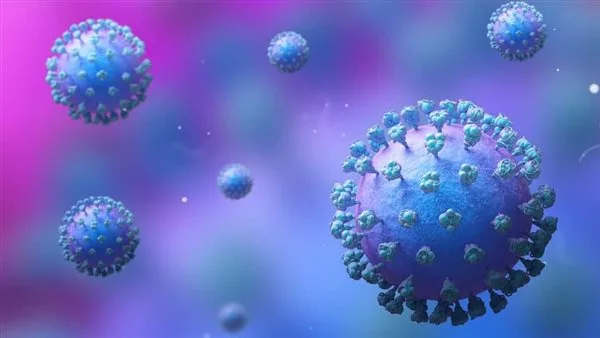
Known respiratory virus
The fact is that this virus that infects the respiratory tract is not a modern type of virus, but it was discovered in 2001. There are some scientific opinions that the virus infection began in the middle of the last century, but it was not detected before the beginning of the last millennium.
The name of the virus is derived from the English initials of the sentence “human metapneumovirus” (human Metapneumovirus), which clearly indicates its effect on the respiratory system. It is scientifically called:” the virus following human pneumonia “(scientific name: Human metapneumovirus) and its abbreviation”HMPV”.
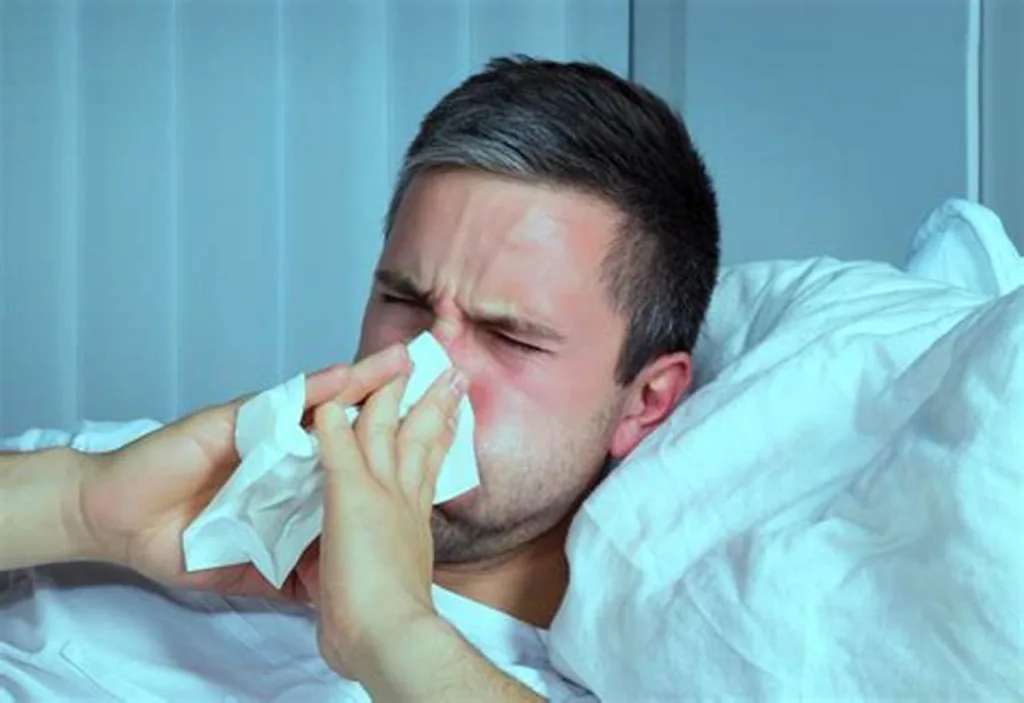
About 10 % of children always get it
Contrary to the general perception, the disease was not rare and spread suddenly, and most often there are about 7-10 percent of children get it before they reach the age of five, but it is treated as if it were an ordinary cold.
Despite the simplicity of the disease, the infection is very violent in some people, especially those who suffer from chronic chest diseases such as bronchial asthma and chronic pulmonary embolism (COPD), and bronchiolitis and acute pneumonia occur to them.
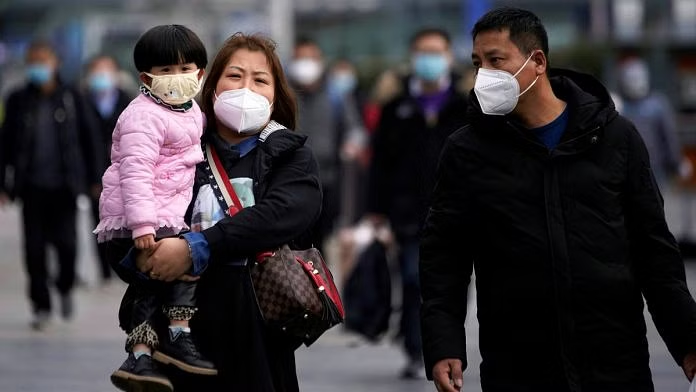
Symptoms
Most often the symptoms are in the upper part of the respiratory tract, resemble a common cold, such as a runny nose, sneezing, coughing, wheezing can be heard, a slight rise in temperature and congestion in the throat are noted. Most cases are mild and do not last more than a week.
But young children (less than 6 months), adults over 65 years of age and people with weakened immune systems are more likely to develop complications and the transition of the disease to the lower respiratory tract.
Virus transmission
Like most respiratory viruses, the “HMPV” virus spreads through inhalation of air contaminated with the virus, whether directly when exposed to the spray of an infected person by coughing, sneezing and kissing, or indirect exposure to this spray when shaking hands or contact with contaminated surfaces and objects such as telephones, door handles or elevator keyboards.
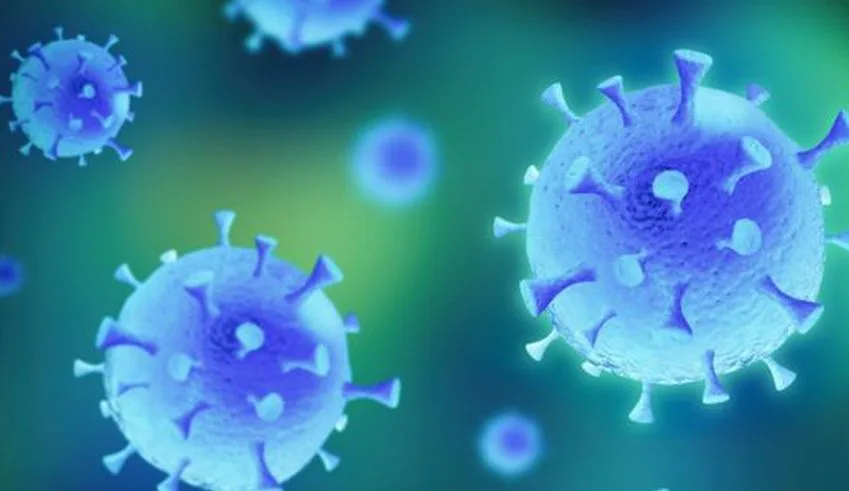
Ways to prevent infection
These are the same methods that were followed in the “covid” pandemic, and respiratory diseases in general, such as staying away from crowds and gatherings, avoiding proximity to or touching infected people, wearing a mask for those most susceptible to infection, and washing hands thoroughly constantly with soap and water. It is preferable not to eat food only after it is well cooked, eat healthy food and vitamins that will enhance immunity such as vitamin C and zinc.
People with the disease should take care of the safety of others according to the instructions of the World Health Organization (WHO) to stay at home with a cold, cover your mouth when coughing and avoid touching others.
Those who are more prone to complications
Besides infants and the elderly, individuals who suffer from chronic diseases of the respiratory system, or from diseases that would weaken immunity such as those with various tumors and those taking immunosuppressive therapy due to immune diseases.
Diagnosis
In most cases, the diagnosis depends on the medical history and clinical symptoms that give a good picture of the severity of the disease, and if the symptoms persist for more than two weeks, a chest X-ray or a swab from the nose or throat can be done and analyzed in the laboratory to monitor the virus.
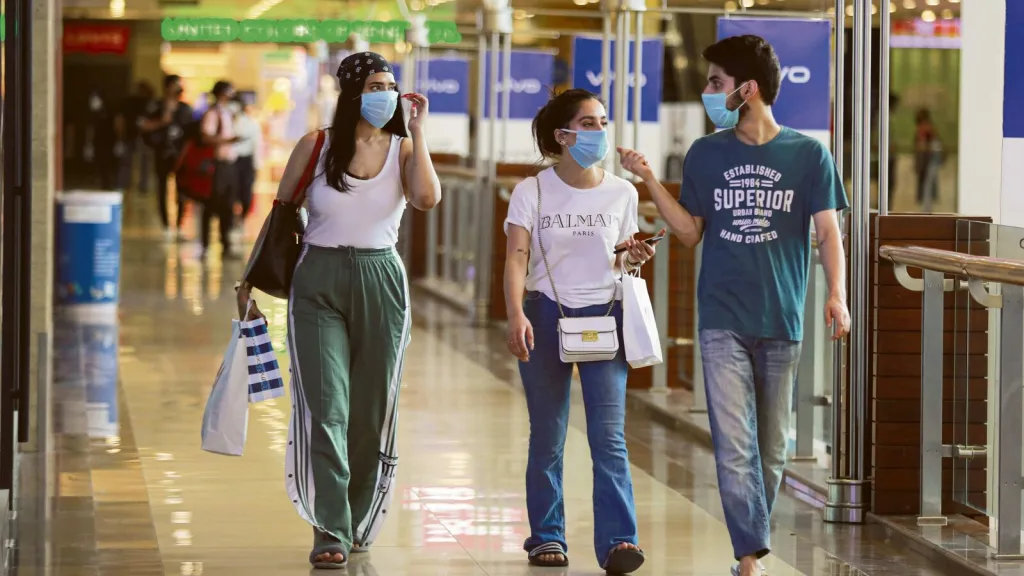
Treatment
It is mainly directed at symptoms such as antipyretic treatment, fluid intake in general constantly to prevent dehydration and warm fluids in case of throat congestion. Simple analgesics such as “paracetamol” can be used in case of pain, and in violent symptoms such as shortness of breath, its rapidity or inability to breathe easily should go to the hospital.
And to this moment there are no data from medical organizations in China or the World Health Organization indicating mass violent infections from the disease or deaths in an epidemic form.
